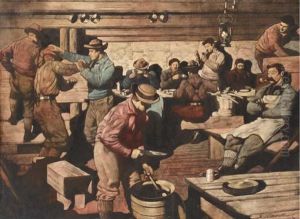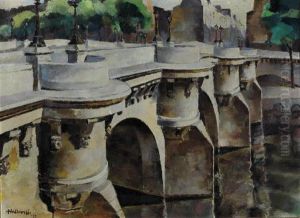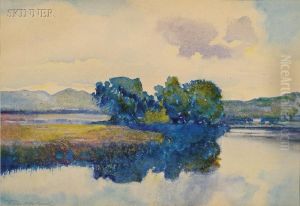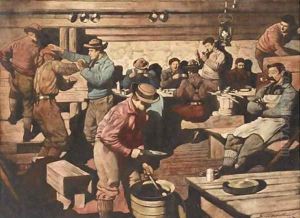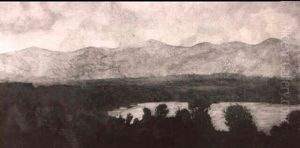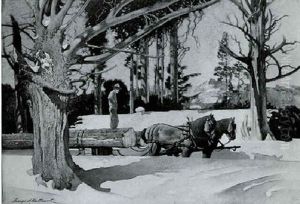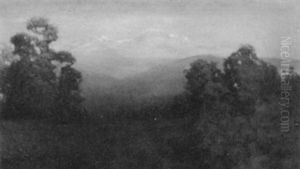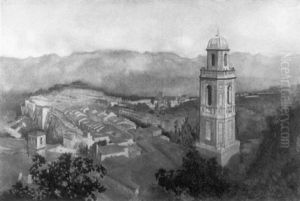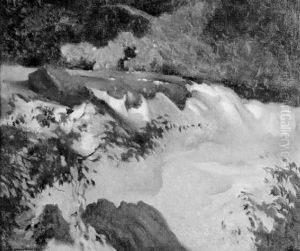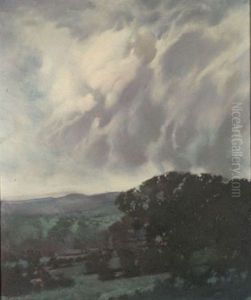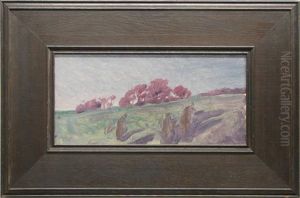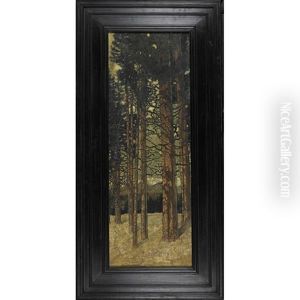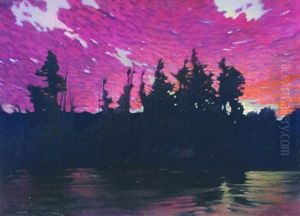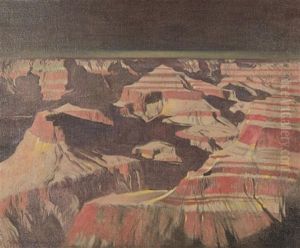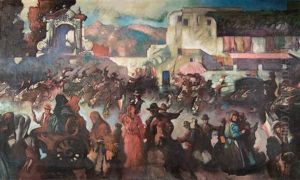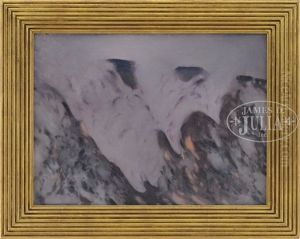George Hawley Hallowell Paintings
George Hawley Hallowell was an American artist known for his landscape paintings, still lifes, and portraits. Born on June 5, 1871, in Boston, Massachusetts, he grew up in a cultural environment that was rich with the arts and education. Hallowell demonstrated an interest in art at a young age and went on to study at the Massachusetts Normal Art School in Boston. He furthered his education by attending the Académie Julian in Paris, where he was exposed to the latest European art movements and techniques.
During his time in Paris, Hallowell was greatly influenced by the Impressionist movement, which is evident in his use of light and color. After returning to the United States, he settled in the Boston area and became part of the Boston School of painters, a group known for combining traditional academic painting techniques with Impressionist light and color. Hallowell's work during this period reflected a blend of these styles and was well received by both critics and the public.
Hallowell also showed an active interest in Native American culture and history, which became a subject of many of his works. His paintings often depicted Native American artifacts against simple backgrounds, capturing their form and beauty. This interest in the indigenous cultures of North America was part of a broader trend among American artists of the time, who were seeking a deeper understanding of the country’s origins and identity.
Throughout his career, Hallowell exhibited his work widely, including at the Boston Art Club, the Pennsylvania Academy of the Fine Arts, and the Art Institute of Chicago. Despite suffering from health issues in his later years, Hallowell continued to paint. He passed away on March 20, 1926, in Needham, Massachusetts. His work remains part of the collection of various institutions, and he is remembered as a significant figure in the Boston art scene of the late 19th and early 20th centuries.
